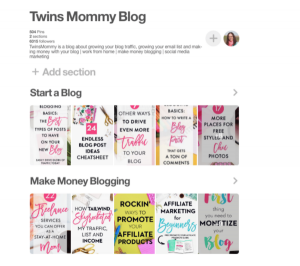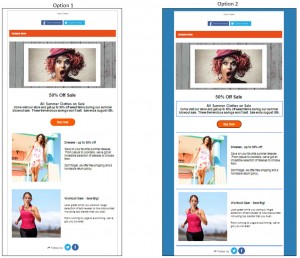
You’re good at what you do. You listen to your clients. You take their chicken-scratch briefs and create astonishing videos that live and breathe. You have refined your craft to the point that you can give your client exactly what they want. More exposure. Views. Engagement.
But sometimes you feel like an artist masquerading as a businessperson (let’s face it, it’s harder for a businessperson to masquerade as an artist) and you sometimes wonder why your businesses isn’t as profitable as it could be. One key area of financial slippage is not charging for those seemingly little things that are costing your business money.
Beware of little expenses. A small leak will sink a great ship. –Benjamin Franklin
Many people simply don’t think to charge for things that a client wouldn’t even blink at on an invoice. And believe it or not, there is an art to invoicing. The trick is to clearly identify the costs to your client in a way that helps them understand more about you, your business, and the complexity of the services you provide. Do it wrong and clients will be frustrated by the extra charges. Do it right and clients will appreciate what you do even more.
Every job has its own unique demands, but here are five things every video producer should always charge their clients for:
1 – INSURANCE
Insurance is easy, because all clients understand it. Explain to them that you carry public liability insurance (and if you don’t, you should) to the tune of $ 10–20M that protects them if anyone is injured or damaged during a film shoot. Then put an insurance loading on every job. Depending on the job and whether you need specific hazard or gear cover (e.g. for drone footage) this could be around 2–10% of the overall job cost.
2 – MILEAGE
Most production jobs involve running around like a hamster on a merry go round. Traveling to and from location, picking up production gear, and driving to meetings before, during, and after a shoot. Make sure to keep a travel log for each job, and charge your clients mileage rates for all that ozone damage. Just type ‘Mileage Rates’ into Google from wherever you are, and you can easily find an appropriate rate to charge in your country. It’s usually around $ 0.50–$ 0.65 per mile or kilometre.
3 – CONSUMABLES
Every job has consumables, from gaffer tape and batteries to sunscreen and bottled water. Not only do these things cost you money to buy, but they also cost you time to source and purchase. So make sure to charge more than just the hard costs. As a rule of thumb, I create a consumables line item on my invoices, and charge an extra 2–5% on jobs up to $ 20K, but less thereafter.
4 – STORAGE AND TRANSFER
Over the past 10 years, as video resolution and data rates have skyrocketed, not to mention the huge quantity of footage being shot, we’ve seen a steady incline in storage requirements. Many producers charge clients a fee for hard drives to store jobs on, but don’t charge data transfer fees (we all know that transferring data takes time). This is particularly important for regular clients who require you to go back into the archives and retrieve files. By explaining that it takes time to access, retrieve and re-link footage from previous jobs, you can charge a transfer fee for accessing old footage, or even a monthly storage fee for keeping footage ready and waiting on your edit drive for clients who need quick turnaround.
5 – ROUNDS OF CHANGES
One thing that really adds up in terms of time and money is the client who keeps asking for changes, or who suddenly has a dozen more last-minute alts to make. This can really chew up time, which of course equals money (not to mention straining the client–producer relationship). By clearly identifying a finite number of changes (two or three rounds is standard) on the brief, you’ll encourage clients to get all their feedback together at the same time. With Wipster’s version tracking, it’s easy to track rounds of changes, and charge clients who ask for more than originally agreed upon.
So no matter whether you rock the $ 2K wedding or the $ 250K commercial, remember that little costs can add up, and make your business less profitable than it could be. So make sure to pass those costs on. Just make sure you clearly communicate the value of those costs to your client, and you should come out smelling like… well, you. Only richer.
Digital & Social Articles on Business 2 Community(67)
Report Post







